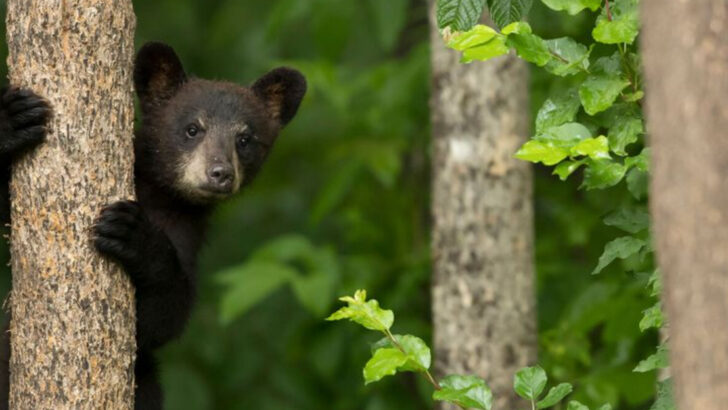The Mississippi Basin was in trouble—then nature stepped in to save itself.
For years, this massive river system was battered by pollution, development, and disappearing habitats.
Wildlife vanished. Wetlands dried. The future looked grim.
But then came the fix—and it didn’t come from concrete.
Floodplains were reconnected. Native plants returned. Rivers were allowed to breathe again.
And just like that, the animals started coming back.
From birds once teetering on the edge to fish that hadn’t been seen in decades, the Mississippi Basin is buzzing, splashing, and soaring with life again.
These are ten comeback stories that prove when we work with nature—not against it—amazing things happen.
American Black Bear
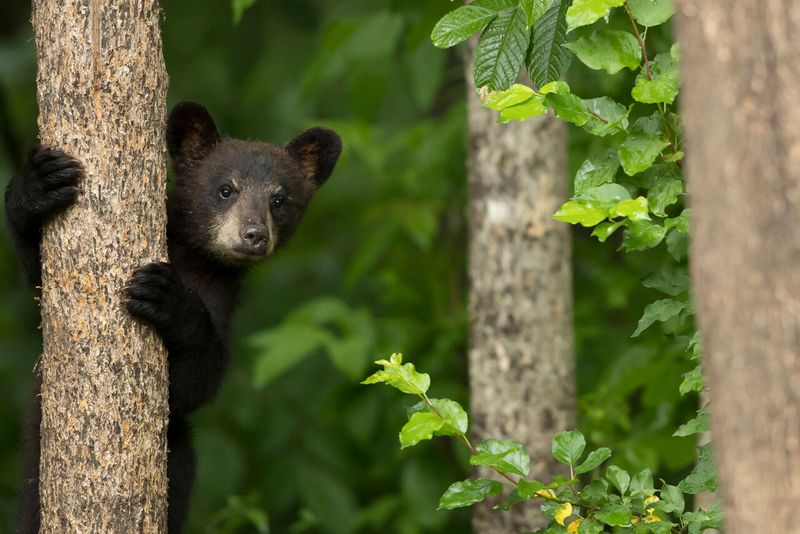
Once struggling, the American Black Bear is now thriving in the Mississippi Basin. Thanks to reforestation efforts, their habitat has been restored, providing ample food and shelter.
These bears are essential for maintaining ecological balance, controlling insect populations, and dispersing seeds.
Their comeback is a testament to the power of natural solutions that focus on ecosystem health.
While still cautious around humans, their population growth is a positive sign of ecological recovery.
Bald Eagle
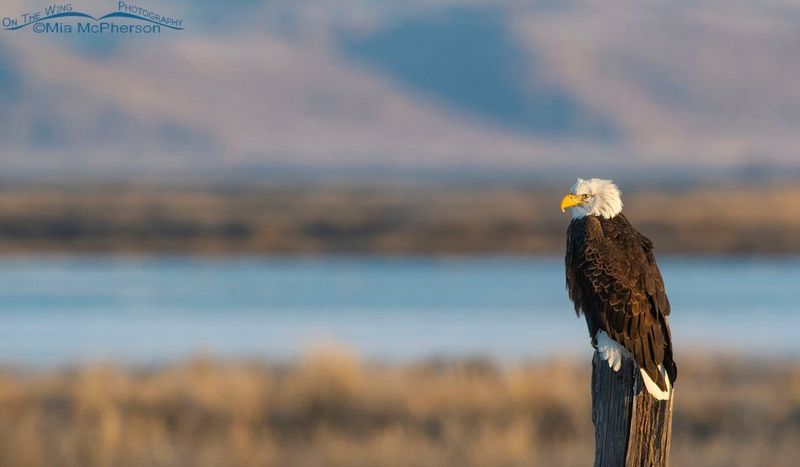
The Bald Eagle, a symbol of American strength, has made a profound comeback in the Mississippi Basin. Conservation efforts focused on banning harmful pesticides and protecting nesting sites have been pivotal.
These majestic birds now fly gracefully over rivers, symbolizing hope and recovery.
Their resurgence highlights the importance of preserving natural habitats and reducing chemical footprints in our environment.
Eastern Bluebird

Charming and colorful, the Eastern Bluebird’s song once again fills the Mississippi Basin. Habitat restoration, including the installation of nest boxes, has been crucial for their return.
Their presence indicates a healthy ecosystem, as they control insect populations naturally.
These efforts demonstrate how small, targeted actions can lead to significant wildlife recoveries.
River Otter
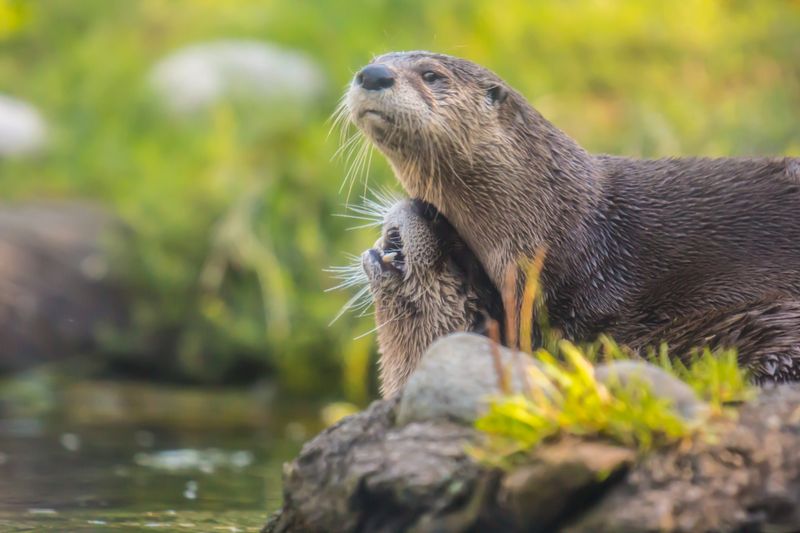
River Otters, once a rare sight, now thrive in the Mississippi Basin’s clean waterways. Efforts to improve water quality and restore wetlands have been key.
These playful creatures are a joy to observe, symbolizing the success of aquatic ecosystem restoration.
Their adaptability and playful nature make them a favorite among wildlife watchers, celebrating their return to this flourishing habitat.
Prothonotary Warbler
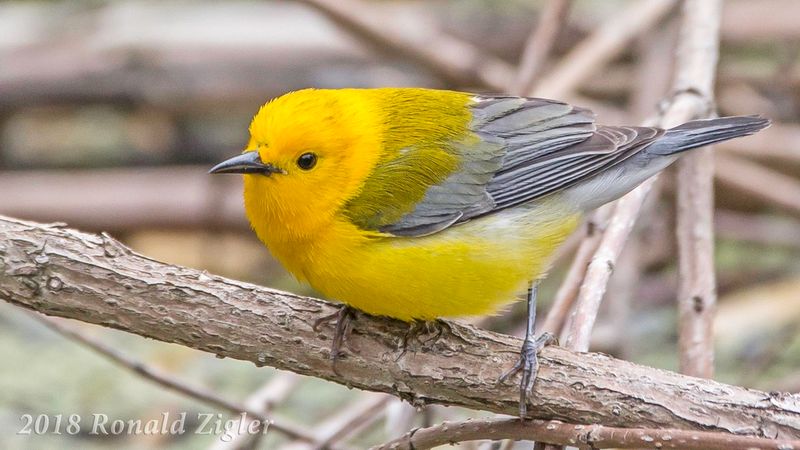
The golden-voiced Prothonotary Warbler, a delightful songbird, has made a triumphant return to the Mississippi Basin’s swamps. Habitat restoration, including replanting native vegetation, has been critical.
Their song is a sweet melody echoing the success of conservation efforts.
These vibrant birds remind us of the beauty and diversity that restored natural habitats can support.
Mississippi Sandhill Crane
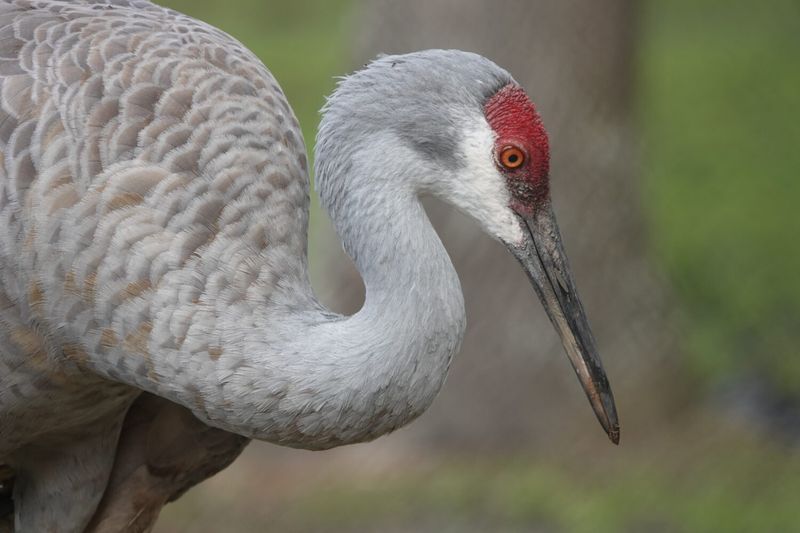
With its striking plumage and elegant demeanor, the Mississippi Sandhill Crane symbolizes hope in conservation. Once labeled as critically endangered, this bird’s population has soared in recent years. Through habitat preservation and active breeding programs, these cranes have found a thriving home in the basin.
Nature-based solutions like wetland restoration have played a pivotal role in their recovery. By reintroducing native plants and ensuring ample water supply, the cranes’ natural habitat has been rejuvenated. This success story highlights the power of ecological restoration.
Did you know? The Mississippi Sandhill Crane is known for its unique courtship dance, a graceful display that strengthens pair bonds and captivates observers.
Alligator Snapping Turtle

In the slow-moving waters of the Mississippi Basin, the Alligator Snapping Turtle is once again flourishing. Efforts to clean rivers and protect nesting areas have enabled their return.
These ancient reptiles play a crucial role in aquatic ecosystems, controlling fish populations and maintaining balance.
Seeing them thrive is a testament to the importance of preserving water quality and natural habitats.
Northern Bobwhite Quail
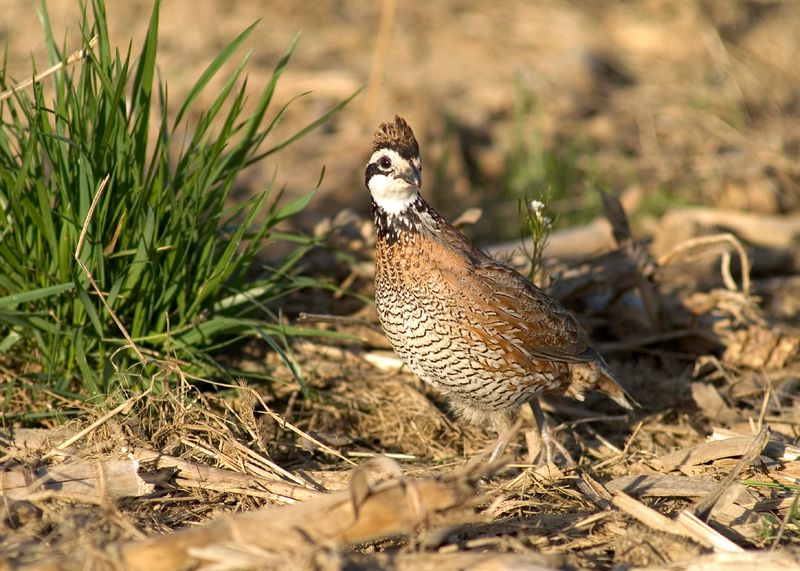
The cheerful call of the Northern Bobwhite Quail once again resonates in the Mississippi Basin. Grassland restoration and sustainable farming practices have facilitated their comeback.
These quails are vital for seed dispersal and pest control, enhancing agricultural landscapes.
Their return symbolizes the success of integrating wildlife-friendly practices in farming landscapes.
Paddlefish
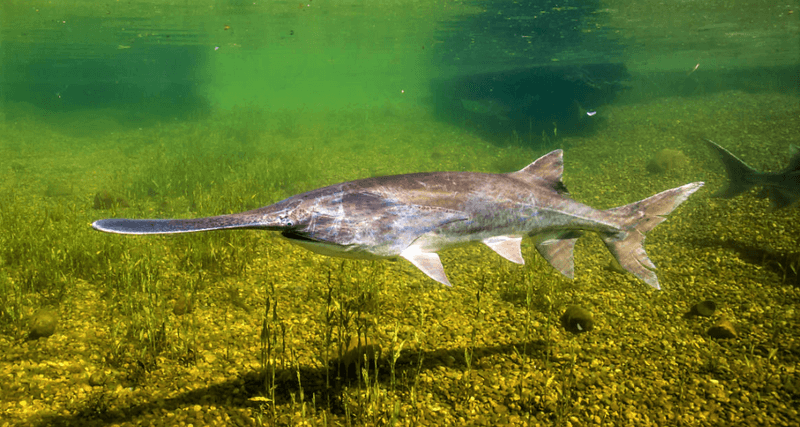
Swiping through the waters with elegance, the Paddlefish has returned to the Mississippi Basin. Improvements in water quality and dam modifications have opened migration pathways.
These ancient fish are filter feeders, playing a significant role in maintaining water quality.
Their resurgence reflects the positive impact of sustainable water management practices.
Indiana Bat
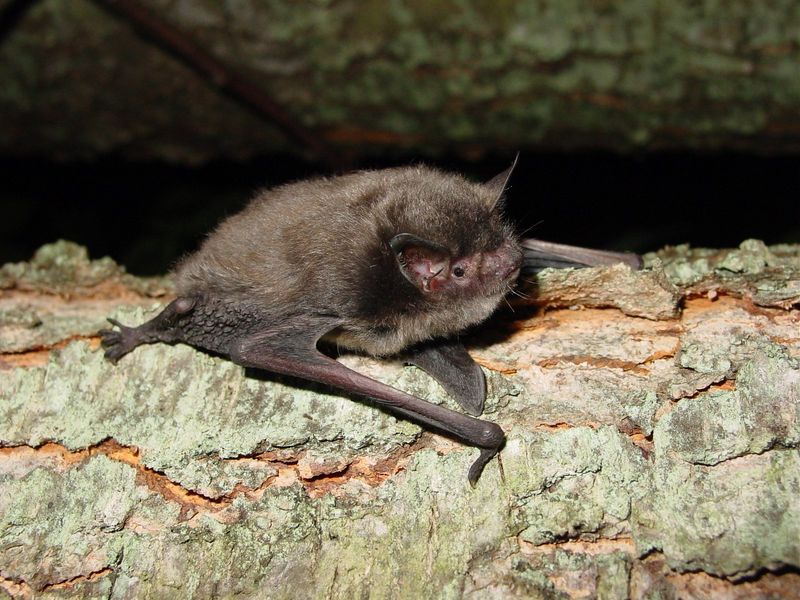
In the cool caves of the Mississippi Basin, the Indiana Bat is making a comeback. Conservation efforts focusing on protecting hibernation sites and reducing disturbances have been crucial.
These bats are vital for insect control, benefiting agriculture and ecosystems alike.
Their recovery is a hopeful sign of what dedicated conservation can achieve.

